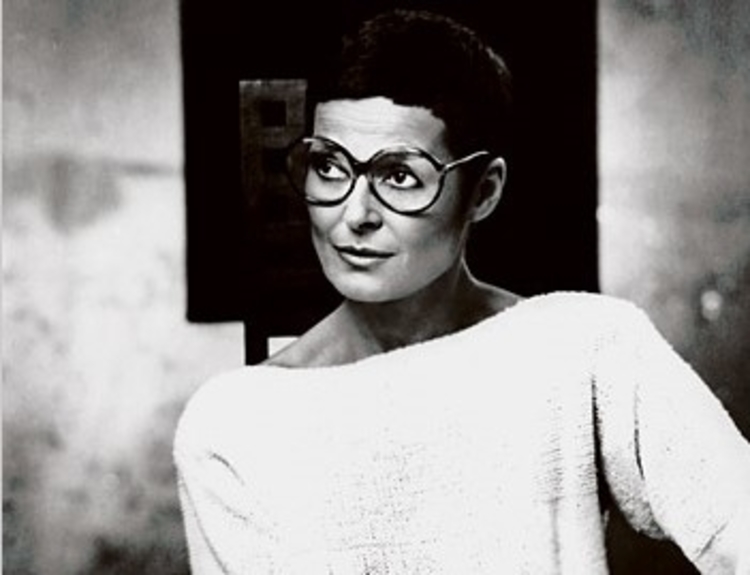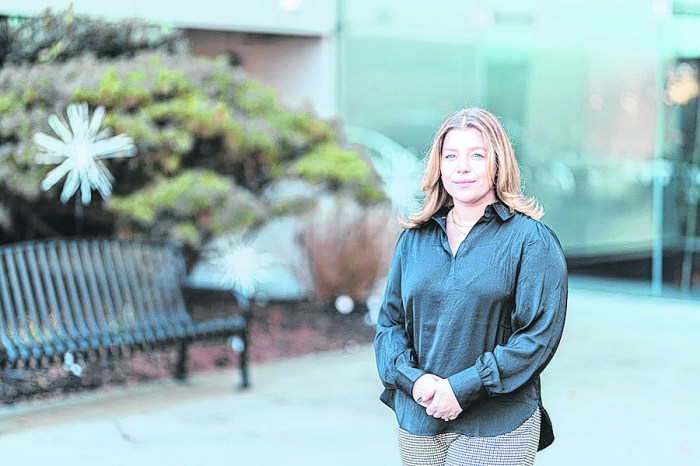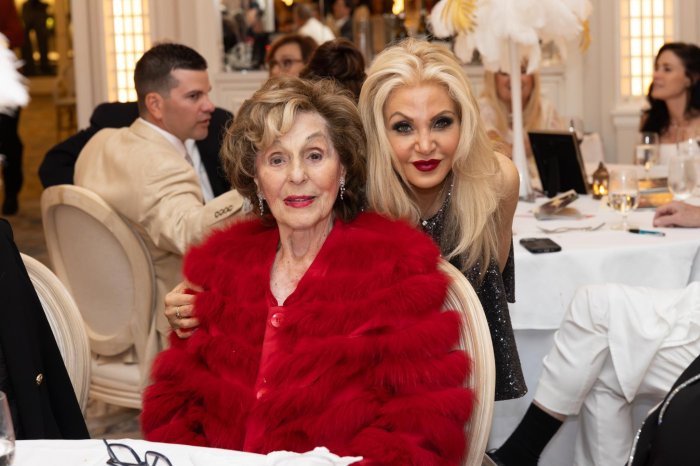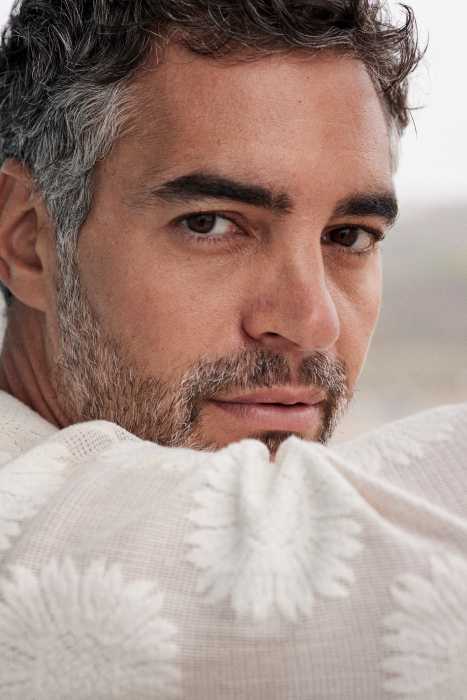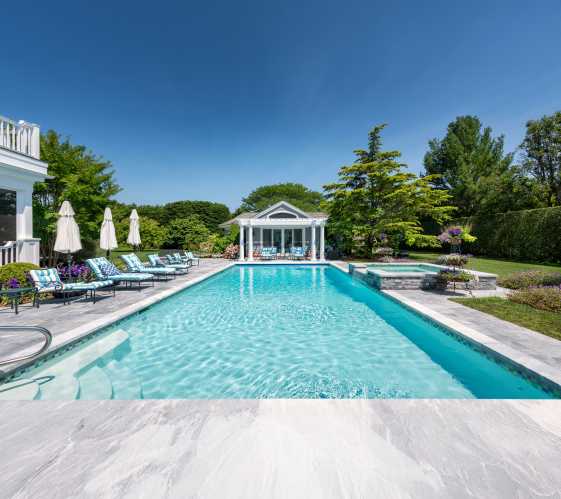After founding her pioneering, eponymous company that made her a breakout fashion star in 1976, style icon Liz Claiborne, seeking to draw inspiration from the beach, bought a home in Saltaire on Fire Island.
Her need for the ocean’s recharging benefits was apparent, given her meteoric rise. Five years after she founded the company with her textile titan husband, Arthur Ortenberg, it went public. A year after she bought her beach house in 1985, Liz Claiborne became the first Fortune 500 company founded by a woman to have a female CEO make the list. It was also one of the youngest companies to ever make the cut — a testament to her business acumen.
“I wanted to dress busy and active women like myself — women who dress in a rush and who weren’t perfect,” Claiborne told Women’s Wear Daily. “The concept was to dress the American working woman because I, as a working woman with a child, didn’t want to spend hours shopping. Things should be easy.”
At the time, the approach to “bring good taste to a mass level” was groundbreaking not only because the brand made affordable business attire at a time when women were increasingly entering the workforce. But the company also broke the mold from fashion industry norms, rolling out new designs every two months instead of four times annually with the change of the seasons, as is customary.
As a successful, trailblazing female CEO, Claiborne, known for her short-cropped hair and oversized eyeglasses, personified the working women that she had in mind in her designs. She was known to sometimes travel to three cities in a day to promote a new line and would go undercover as a salesperson to learn firsthand how customers felt about her clothes.
By the time she retired in 1990, she had grown the company into the nation’s largest women’s apparel maker, with $1.4 billion in sales. After spending her retirement dedicated to environmental philanthropy, she died of cancer in 2007.
Longtime Saltaire resident Hugh O’Brien wrote that although she and her husband’s primary residence was in Manhattan, “it was here that they felt most at home, the place where they came to recover their spirits and peace of mind, away from the pressures of the world.”




